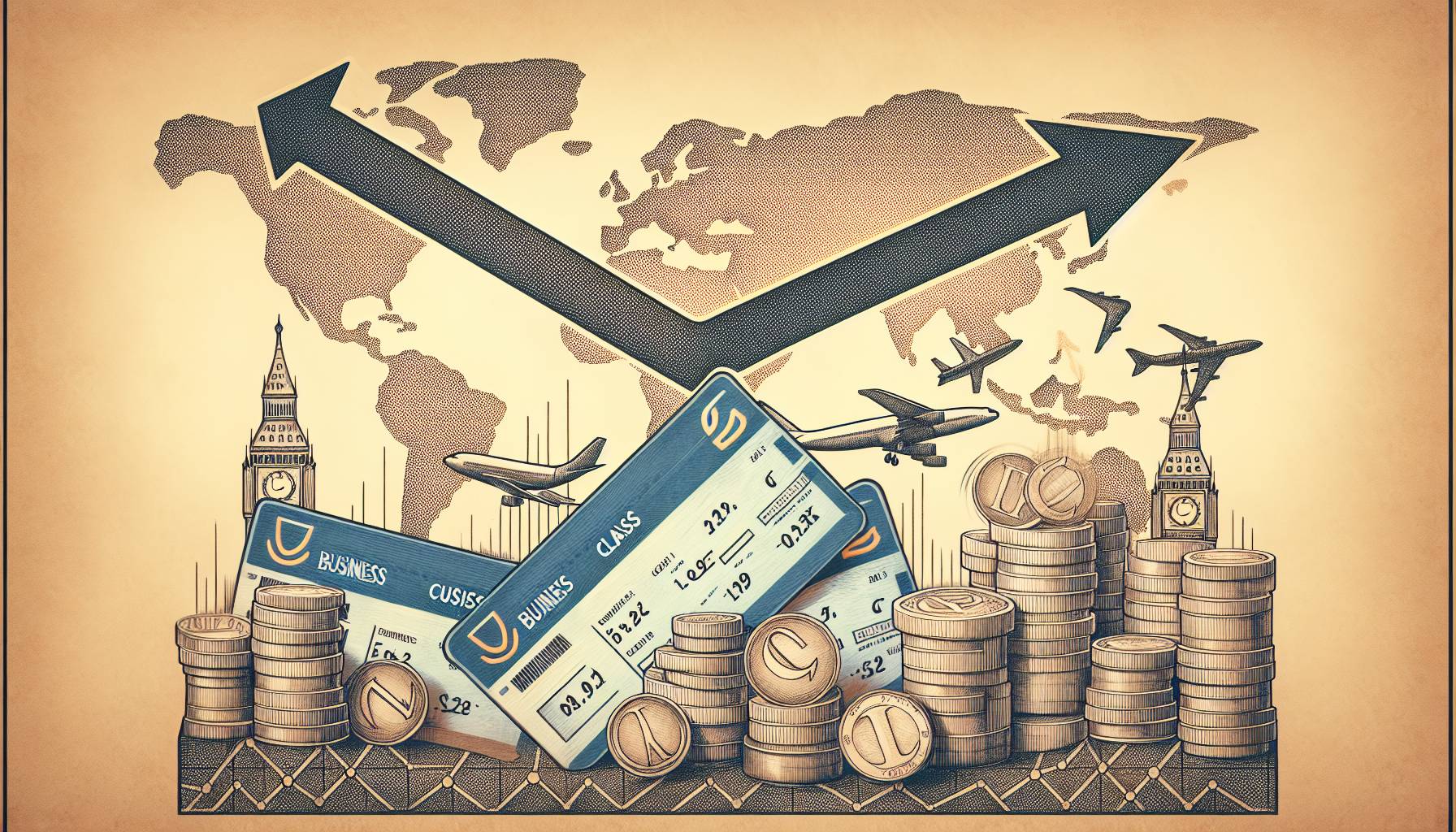Global discussion points towards the upward trend in airfare prices. However, data suggests that business class fares to Europe are showing a downward movement despite inflation. The contributing factors are increased competition among airlines, the rise of budget carriers, and changing travel trends favoring economical options. Technological advancements have enabled airlines to dynamically manage their pricing, leading to lower fares.
When viewed against rising inflation, the drop in business class fares may seem odd, yet it exemplifies the influence of market dynamics and consumer behaviors. This shift, therefore, provides a beacon of relief for international business travelers against the backdrop of increasing financial burdens in other areas of life.
The dialogue on airfare costs should always embed the broader economic landscape. Data from Cirium corroborate this, showing a 9% rise in US domestic airfares compared to a 19% surge in inflation. It implies that the real cost of air tickets is depreciating relative to inflation. Despite a higher ticket price at face value, flying has become more affordable for many travelers, considering their increased purchasing power.
In the latter half of 2023, a 4% decrease in the dollar value of U.S. domestic fares became apparent because of inflation curbing. The average U.S. domestic airfare during this period was $179.25, a 9% rise from 2019 prices.
Decreasing business class fares amidst inflation
Even with this increase, the real cost of airfares in 2023 was lower than pre-pandemic rates. The decreased purchasing power of the dollar led to this drop, making air travel seem pricier despite lower real costs.
From August 2023, a clear downward pricing trend became evident, showcasing a 9% decrease in dollar value compared to December 2022. However, Europe experienced an 8% increase in base airfares in 2022. In contrast, Asia witnessed a significant 15% drop in airfare prices from the previous year. All these changes reflect the unique dynamics each continent and industry contend with.
Business class fares have become more accessible mainly due to the substitution of traditional business class travel with premium and leisure travel. Technological advancements in virtual conferencing have reduced the need for business travel, and the pandemic caused organizations to reconsider their travel policies. These alterations have considerably curtailed the demand for business class travel.
Interestingly, a decline in business travel between Europe and North America has led to a reduction in transatlantic business class flight fares. Although certain peak periods show higher rates owing to a surge in shopping and tourism, the move towards digitalization across sectors continues to drive down business class fares.
In conclusion, factors such as delays in deliveries from major manufacturers or pandemic-induced shifts in demand, alongside airlines’ efforts to recuperate losses may contribute to fluctuations in ticket prices. Although the market trends remain unpredictable, airlines offering promotional deals could help maintain the overall downward trend in airfares.













